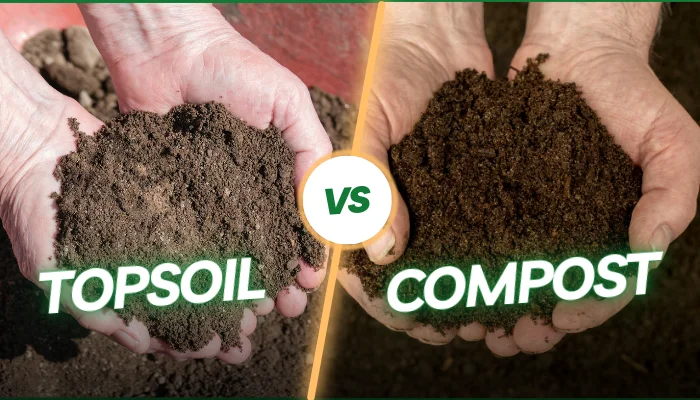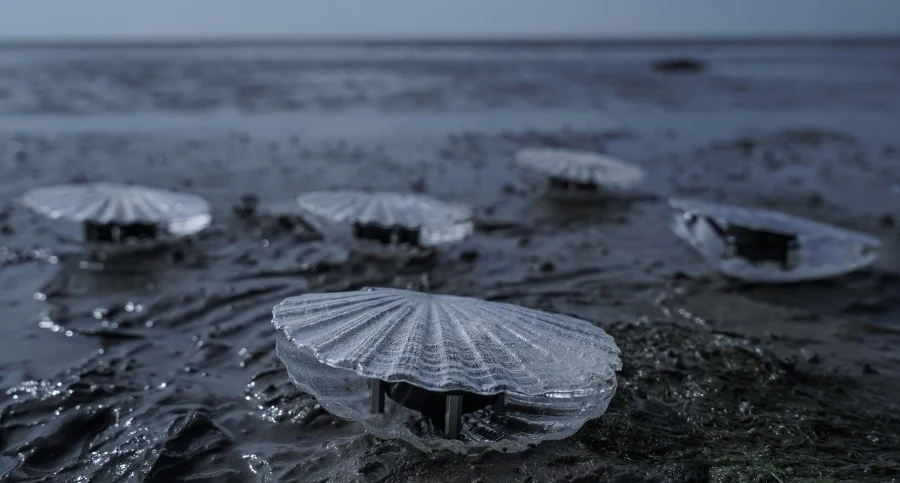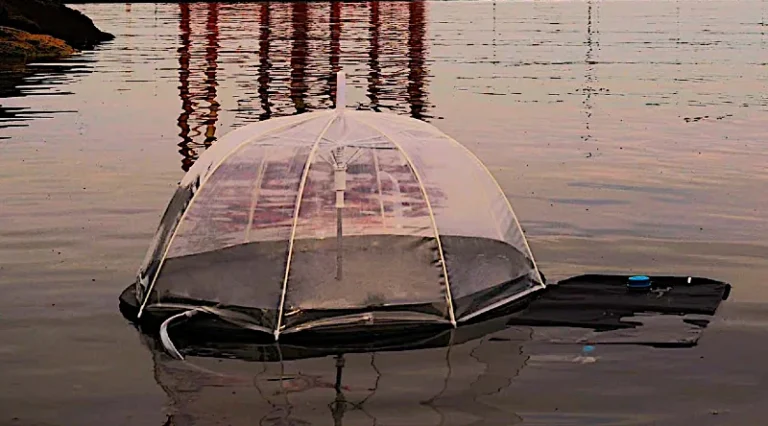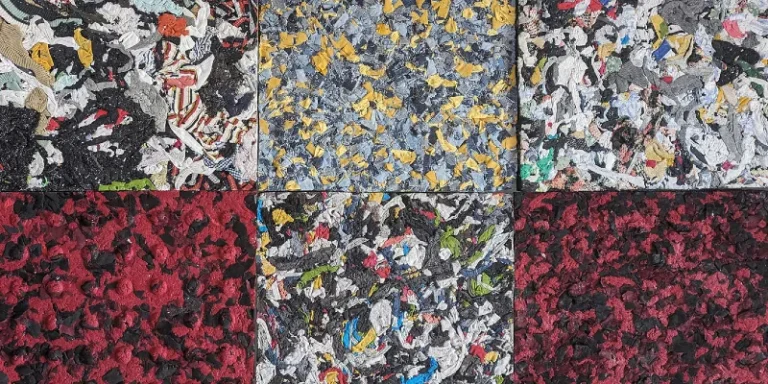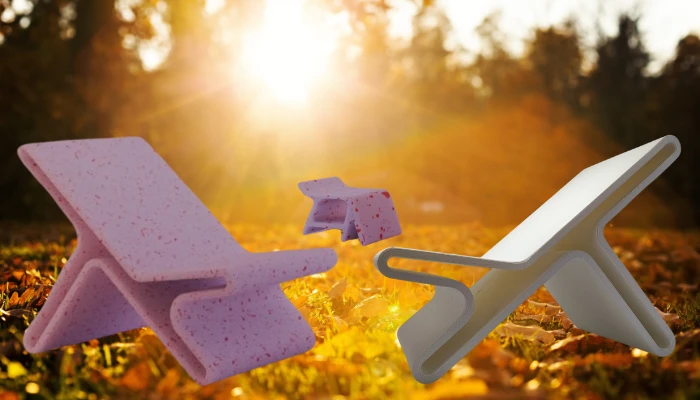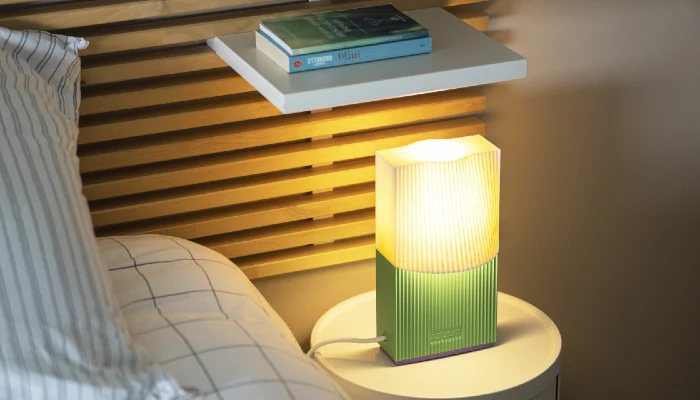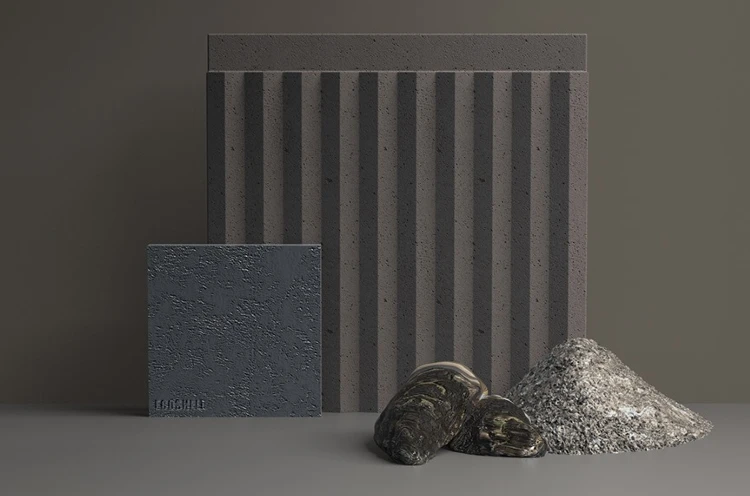Water pollution isn’t a distant problem anymore—it’s a pressing issue right in front of us. From rivers to oceans, shifts in chemical compositions and rising toxin levels are threatening aquatic ecosystems and, by extension, human health.
But how do we make this invisible crisis visible?
Clams, nature’s own water testers, offer a fascinating clue. These unassuming filter feeders have an innate ability to detect sudden changes in water quality faster than most modern equipment.
Building on this natural phenomenon, artist Marco Barotti created “Clams”—kinetic sound sculptures that transform water quality data into an audible experience.
We’ve all seen the scary ocean pollution graphs and charts. In truth, we’ve been seeing the declining condition of our waters in chart form for two decades. But they don’t resonate with most people. They’re dry and boring.
This installation merges sustainability with art and puts a literal audio backtrack to the problem in a way numbers and graphs never could.
Inspired by Nature’s Filter Feeders
Real clams are filter feeders, sifting through water to trap food while inadvertently removing impurities. When toxins are present, clams shut tightly—a defense mechanism as quick as it is vital.
Clams can’t detoxify the water, but their reaction is an early warning of pollution. In fact, the response time of a clam to water impurities is typically faster than any human-designed systems.

That’s probably why clams have been around for over 500 million years and have survived catastrophic oceanic conditions throughout history.
Barotti’s installation takes this natural response and amplifies it, creating an engaging art piece that mimics the behavior of clams. When water quality shifts, sensors embedded in the installation capture the changes.
These fluctuations are then converted into eerie, haunting melodies played through speakers housed within translucent, clam-shaped shells. The result is a soundscape that visually and audibly communicates the health of the water.
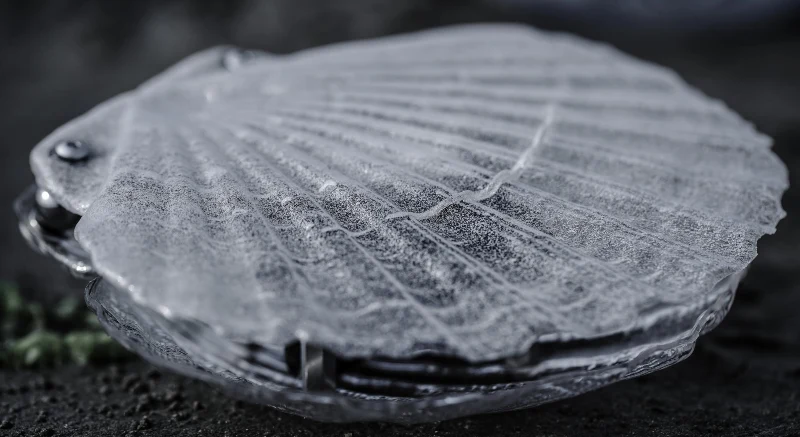
How It Works: From Data to Sound
The sculptures combine art, science, and sustainability.
Here’s how they do it:
- Water Quality Sensors: These devices analyze the chemical and physical properties of water, detecting pollutants or abnormal changes.
- Data Sonification: The captured data is transformed into sounds. Different levels of pollution create variations in tone, rhythm, and intensity.
- Kinetic Movement: Vibrations from the sound system cause the clamshells to open and close, mimicking the natural behavior of real clams.
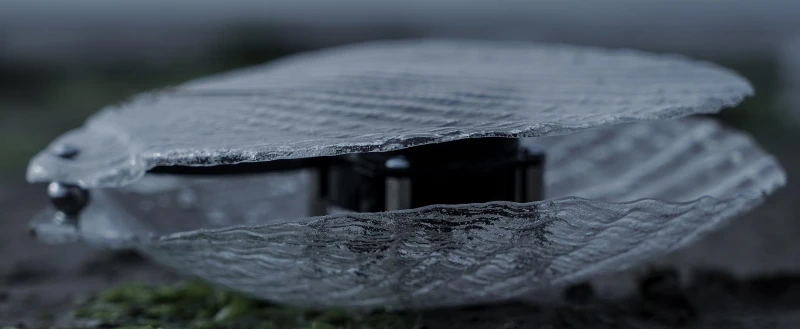
What makes this installation beautiful is its sensory appeal. Instead of static visuals or technical readings, it offers an immersive experience where people can “hear” the water’s health.
Sustainability at Its Core
Beyond its artistic (and environmental) value, “Clams” is practicing what it preaches by putting sustainability first.
- Recycled Materials: Each shell is crafted from recycled waste plastic, reducing environmental impact while demonstrating creative reuse.
- Awareness and Education: By transforming scientific data into art, the installation fosters greater understanding of environmental issues. It invites people to connect emotionally with water pollution, a problem often dismissed as abstract.
- Inspiration for Innovation: The installation bridges technology and nature, showing how biomimicry can inspire solutions to modern challenges.
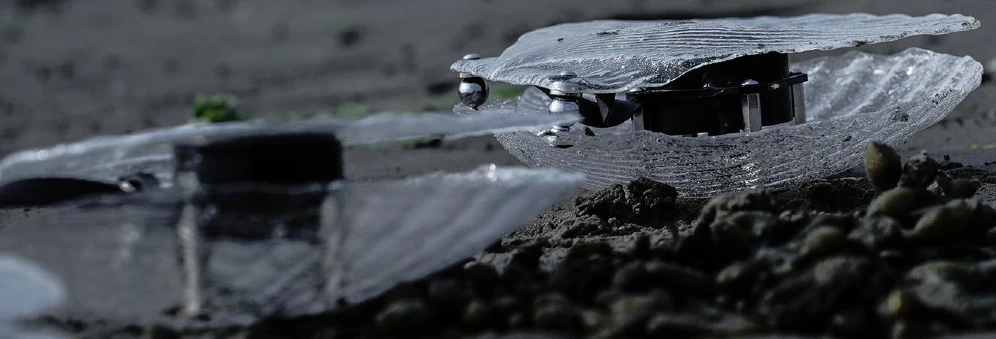
Polluted water affects every aspect of life—wildlife, ecosystems, and human health. Yet, public awareness often hinges on statistics that fail to resonate emotionally. And, as we all know, if a person can’t relate to something, they tend not to care about it.
Barotti’s “Clams” offers a new approach: making the unseen felt. The installation doesn’t just measure pollution—it humanizes it.
More To Discover
- Groundbreaking ‘No Burn’ Energy Plant to Convert Waste to Fuel, Opens Soon
- Fusion Milestone Achieved: Experiment Generates More Energy Than It Consumes
- Science Found The Sweet Spot: 68°F, The Optimal Temperature for Life on Earth
- Bill Gates’ TerraPower Partners with Largest Shipbuilder for Clean Nuclear-Powered Ocean Shipping
Designers: Marco Barotti
Marco Barotti is a media artist. After music studies at the Siena Jazz Academy in Italy, he began merging sound with visual art.
His installations primarily merge audio technology, consumer objects, and waste into moving sculptures triggered entirely by sound.




